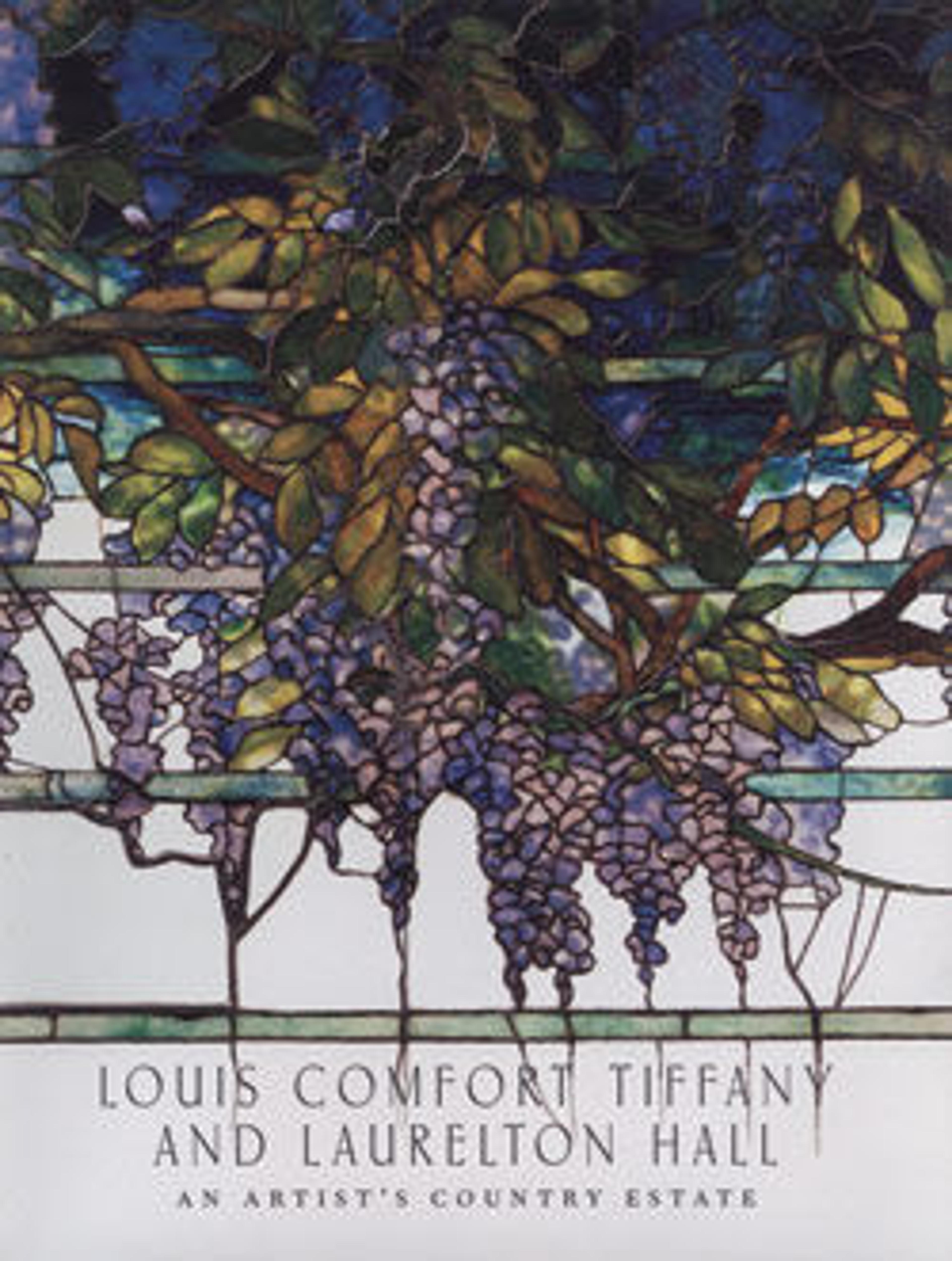Bowl
During the 1890s, Tiffany experimented with a variety of decorative arts, including blown glass, metalwork, pottery, and enamels. Enamelware is composed of glass and glass silicate, with metallic oxides added to provide color. This surface is applied to copper (and other metals) and fired at a high temperature. Copper was used as the base because it was thin and created a surface for unpredictable reactions in color. Closely linked to glassmaking, enamels provided great versatility and flexibility in color range, an important feature in Tiffany's artwork, as well as a shimmering surface when light struck. The enamel department, led by women such as Patricia Gay and Julia Munson, produced small decorative objects, including bowls, vases, and covered boxes that were made in limited production for about nine years from 1898 to 1907.
Artwork Details
- Title:Bowl
- Designer:Designed by Louis C. Tiffany (American, New York 1848–1933 New York)
- Maker:Tiffany Glass and Decorating Company (American, 1892–1902)
- Date:1898–1902
- Geography:Made in New York, New York, United States
- Culture:American
- Medium:Enamel on copper
- Dimensions:6 1/8 x 9 1/2 x 9 1/2 in. (15.6 x 24.1 x 24.1 cm)
- Credit Line:Gift of Louis Comfort Tiffany Foundation, 1951
- Object Number:51.121.29
- Curatorial Department: The American Wing
More Artwork
Research Resources
The Met provides unparalleled resources for research and welcomes an international community of students and scholars. The Met's Open Access API is where creators and researchers can connect to the The Met collection. Open Access data and public domain images are available for unrestricted commercial and noncommercial use without permission or fee.
To request images under copyright and other restrictions, please use this Image Request form.
Feedback
We continue to research and examine historical and cultural context for objects in The Met collection. If you have comments or questions about this object record, please contact us using the form below. The Museum looks forward to receiving your comments.
